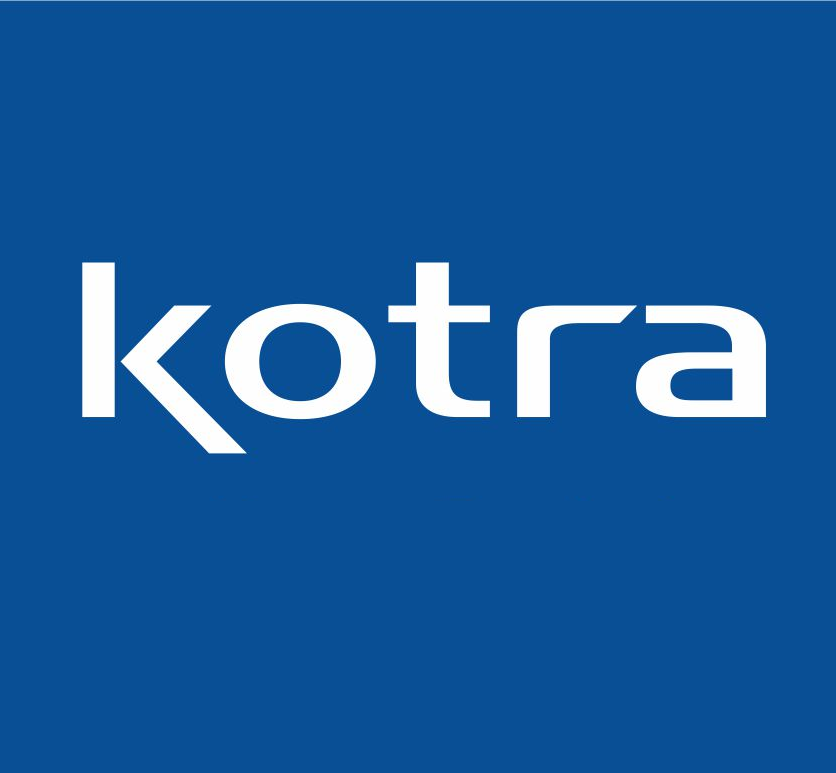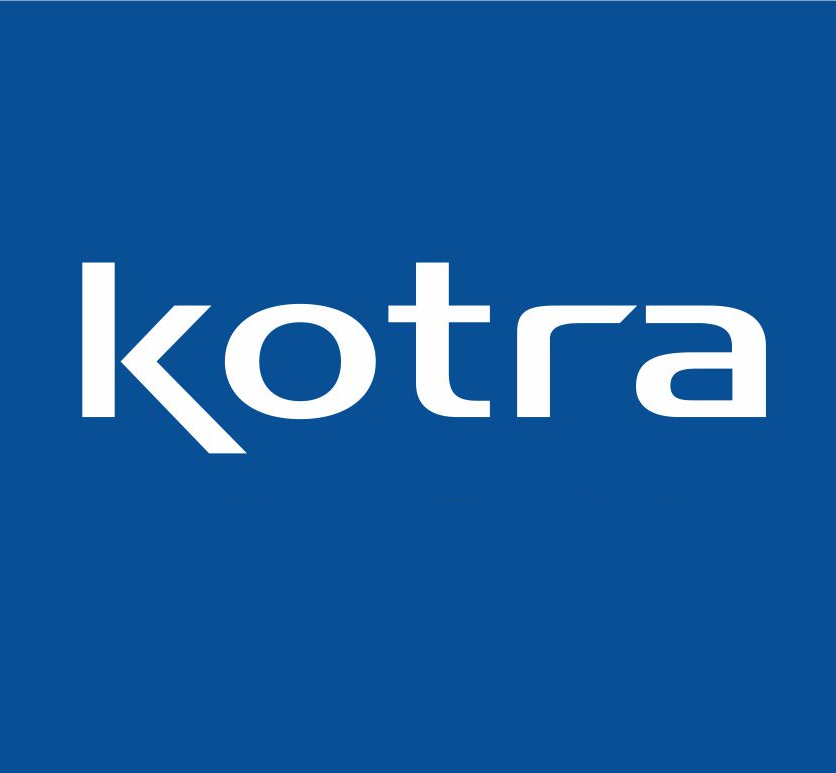Ethylidene Norbornene (ENB) is a critical monomer widely utilized in various industrial applications, particularly in the manufacture of synthetic rubbers and specialty polymers. Its unique chemical structure—a bicyclic ring with an unsaturated ethylidene group—renders it highly reactive, making it ideal for incorporation into polymers that require durability, flexibility, and resilience. Industries across the globe rely on ENB for producing elastomers that are resistant to harsh environmental conditions, including heat, oxidation, ozone, and UV radiation. These properties make ENB indispensable in sectors such as automotive, construction, electrical, and aerospace.
One of the most significant industrial applications of ENB is in the production of EPDM rubber, which is extensively used in automotive seals, gaskets, and hoses. The inclusion of ENB enhances the polymer’s ability to form crosslinked networks during vulcanization, improving tensile strength, elasticity, and overall durability. Automotive manufacturers favor ENB-based rubbers for their capacity to withstand extreme temperatures and resist chemical degradation, which ensures the longevity and reliability of vehicle components. Similarly, ENB-infused rubbers are employed in industrial hoses and belts, where constant mechanical stress and exposure to oils or chemicals demand superior performance.
In the construction industry, ENB plays a vital role in waterproofing and sealing materials. Roofing membranes, expansion joints, and sealants made from ENB-containing EPDM demonstrate exceptional resistance to weathering, UV exposure, and thermal cycling. These properties contribute to longer service life and reduced maintenance costs, making ENB-based products a preferred choice for architects and engineers. Furthermore, ENB’s compatibility with various additives allows manufacturers to tailor elastomer formulations to specific industrial requirements, such as flame retardancy or chemical resistance, expanding its versatility across applications.
ENB’s industrial importance also extends to electrical and electronic components. Wires, cables, and insulating materials benefit from the stability and flexibility imparted by ENB, which helps maintain insulation performance under mechanical stress and elevated temperatures. Additionally, the material’s resistance to oxidation and environmental degradation ensures consistent functionality over extended periods, a crucial factor in high-reliability applications. Beyond synthetic rubbers, ENB finds use in specialty polymers for adhesives, coatings, and sealants, where its chemical reactivity enables customized polymer networks and improved mechanical properties.
Sustainability considerations are increasingly shaping industrial usage of ENB. Modern polymerization processes optimize the use of ENB, reducing waste and residual monomers while enhancing process efficiency. Advances in green chemistry and eco-friendly polymer formulations also allow manufacturers to produce high-performance ENB-based materials with reduced environmental impact. These developments support industry goals of minimizing carbon footprint while maintaining material excellence, making ENB a key enabler of sustainable manufacturing in elastomers and polymers.
Overall,Ethylidene Norbornene Market size stands out as a highly versatile monomer with diverse industrial applications. From automotive components to construction materials and electrical insulation, ENB enhances the performance, durability, and adaptability of synthetic rubbers and specialty polymers. Its chemical properties and reactivity allow manufacturers to create high-quality products tailored to rigorous industrial demands, while ongoing innovations in sustainability ensure that ENB continues to meet the evolving needs of modern industries.


